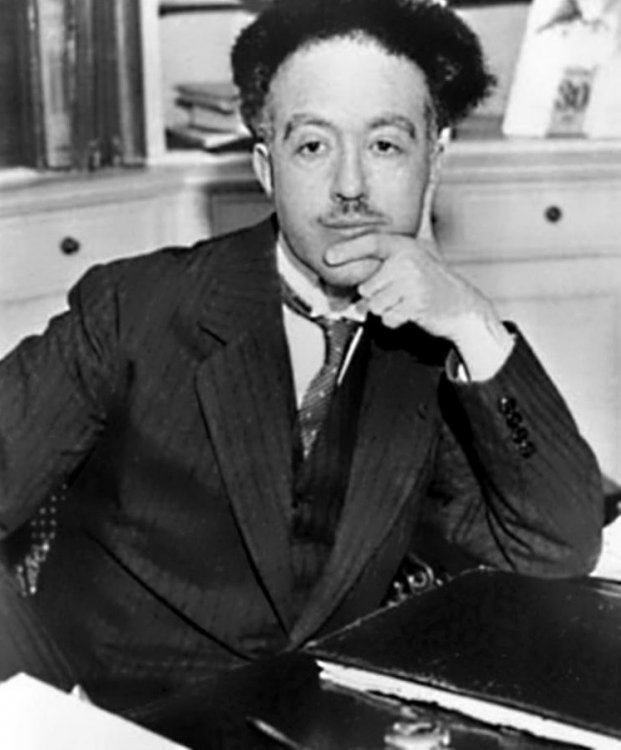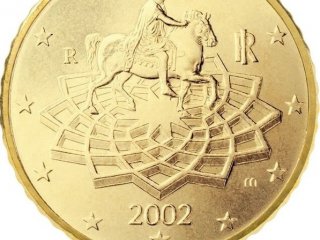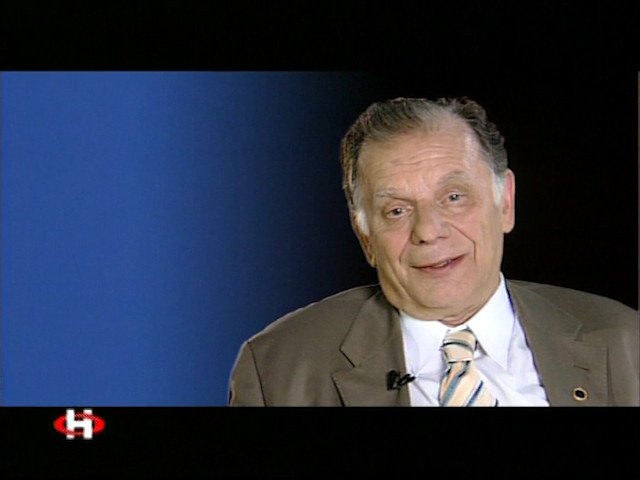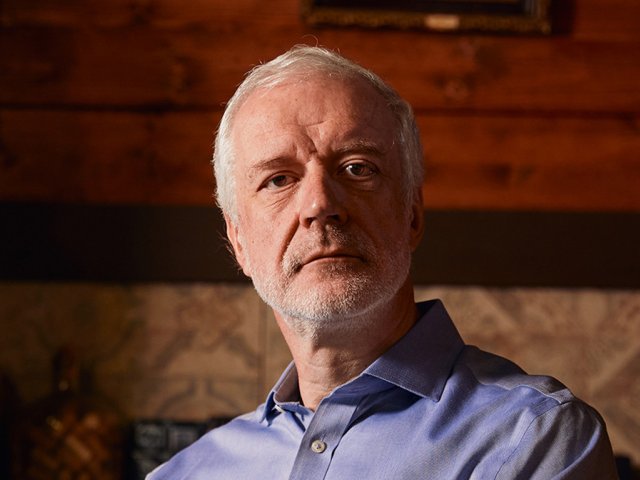
A descendant of the ancient aristocratic family, Louis Victor Pierre Raymond, 7th Duke de Broglie, better known to us as Louis de Broglie, presented a short note, titled Waves and quanta, at a meeting of the Paris Academy of Sciences, which stunned the members of academy. According to de Broglie, the tiniest particles of matter sometimes act as corpuscles and sometimes as waves.
Confused scholars invited Albert Einstein to be their expert. He looked into the matter and wrote to Born: “Please, read de Broglie’s dissertation. It seems to be written by the crazy but it looks very solid.” The solid idea got a scientific term “wave-particle duality.” And exactly as Niels Bohr thought, it turned out to be crazy enough to be true. Six years later, Louis de Broglie received the Nobel Prize for it. When Carl Wilhelm Oseen, a Swedish physicist and a member of the Royal Swedish Academy of Sciences, introduced the winner, he said: “Based on the assumption that light is both wave motion and a stream of particles, de Broglie discovered a completely new aspect of the nature of matter, which no one has ever suspected about. De Broglie’s splendid guess resolved a long-running dispute, having established that there are no two worlds, one of light and waves and the other of matter and corpuscles. There is only one common world.”
























